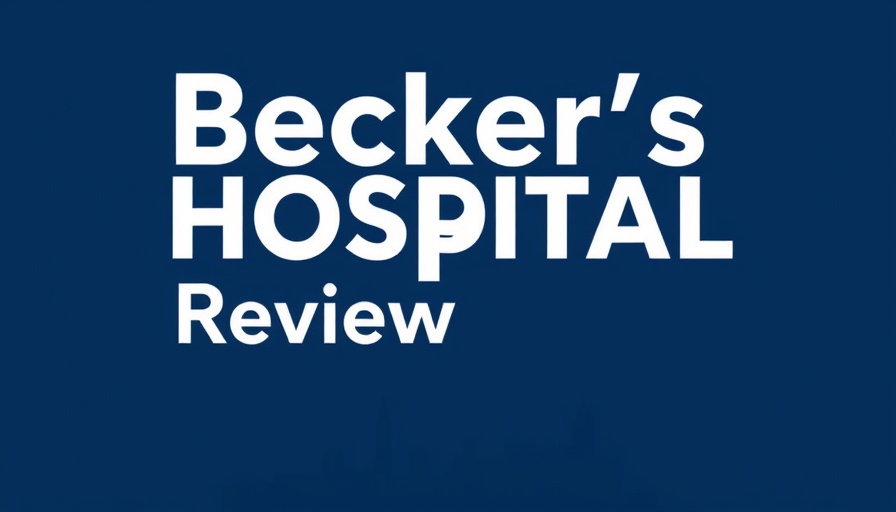
Understanding the Nuances of Processed Foods
The conversation surrounding processed foods, particularly in the context of health and wellness, has grown increasingly complex. The recent December 2024 report from the Dietary Guidelines Advisory Committee sent shockwaves through both the medical community and the public by arguing against the widespread belief that ultra-processed foods are detrimental to health. Instead, the committee called for a nuanced discussion, stating that the evidence linking these food types directly to health issues, such as type 2 diabetes, isn't as straightforward as it seems. This revelation leaves many questions on the table: What truly constitutes "processed" food? How much weight should we give to the varying categories of food processing?
Health Impacts: The Divide Between Animal and Plant-Based Processed Foods
As the committee noted, not all processed foods are the same, and the nuances matter greatly. For instance, while ultra-processed animal products indeed tend to have negative health impacts, many plant-based processed foods appear to be benign or even beneficial. A 2023 analysis from three Harvard cohorts provided surprising insights: frequent consumption of plant-based ultra-processed foods was associated with a decreased risk of type 2 diabetes, contradicting the often-cited narrative that all processed foods are harmful. This pushes us to consider how we frame dietary guidelines and public health recommendations.
The NOVA System: A Double-Edged Sword?
The NOVA classification, developed by Brazilian researcher Carlos Monteiro, serves as a framework to categorize food based on their level of processing. However, illustrating the inherent complexity, this system groups together vastly different food items—like breakfast cereals and hot dogs— into the same "ultra-processed" classification. Such oversimplification can lead to misunderstandings and incorrect assumptions about dietary risks. With nearly 39% of U.S. adults believing all processed foods are unhealthy, we need to prepare for a reality check rooted in science, rather than prevailing myths.
Rethinking Our Approach: What Should We Tell Patients?
As healthcare professionals, we are in a unique position to clarify these misconceptions and offer evidence-based advice. For instance, emphasizing a diet rich in low-fat plant-based foods has shown to reduce insulin resistance, improve glycemic control, and may lower the incidence of diabetes. Additionally, helping patients discern the differences within food categories can guide them toward making healthier choices.
Understanding Public Perception: The Role of Education
It’s not just about the foods we consume; it’s also crucial to understand how the public perceives these foods and the potential for accompanying confusion. Current data indicates a significant gap in nutritional literacy: many people lack a solid understanding of what constitutes processed foods versus unprocessed. With the misinformation circulating, healthcare providers should embody the role of educators, shedding light on these distinctions and improving health literacy in our communities.
Conclusion: Moving Towards a More Informed Future
The narrative surrounding processed foods and their health impacts is evolving. The Dietary Guidelines Advisory Committee's recent report is a vital step toward a more informed and nuanced understanding of nutrition, but it calls for stronger public education initiatives and clearer communication among healthcare providers. As we navigate these complexities, let’s foster community discussions around balanced dietary practices that prioritize plant-based options and enable individuals to make informed health choices.
Engaging in these important conversations can have far-reaching benefits, not only for individual health outcomes but also for the overall landscape of dietary guidelines and public policy. If you’re interested in further exploring these changes, be sure to stay updated on the latest in medical trends, continuing medical education, and healthcare policy discussions!
 Add Row
Add Row  Add
Add 




Write A Comment